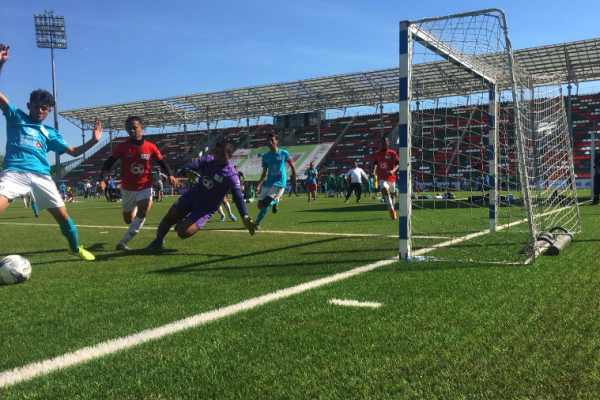May 15, 2018
The United States did compete in a World Cup in Russia this year: the Street Child World Cup, a tournament and conference highlighting homeless youth's ideas for a better future.
Read the Full Article

Already a subscriber? Login
